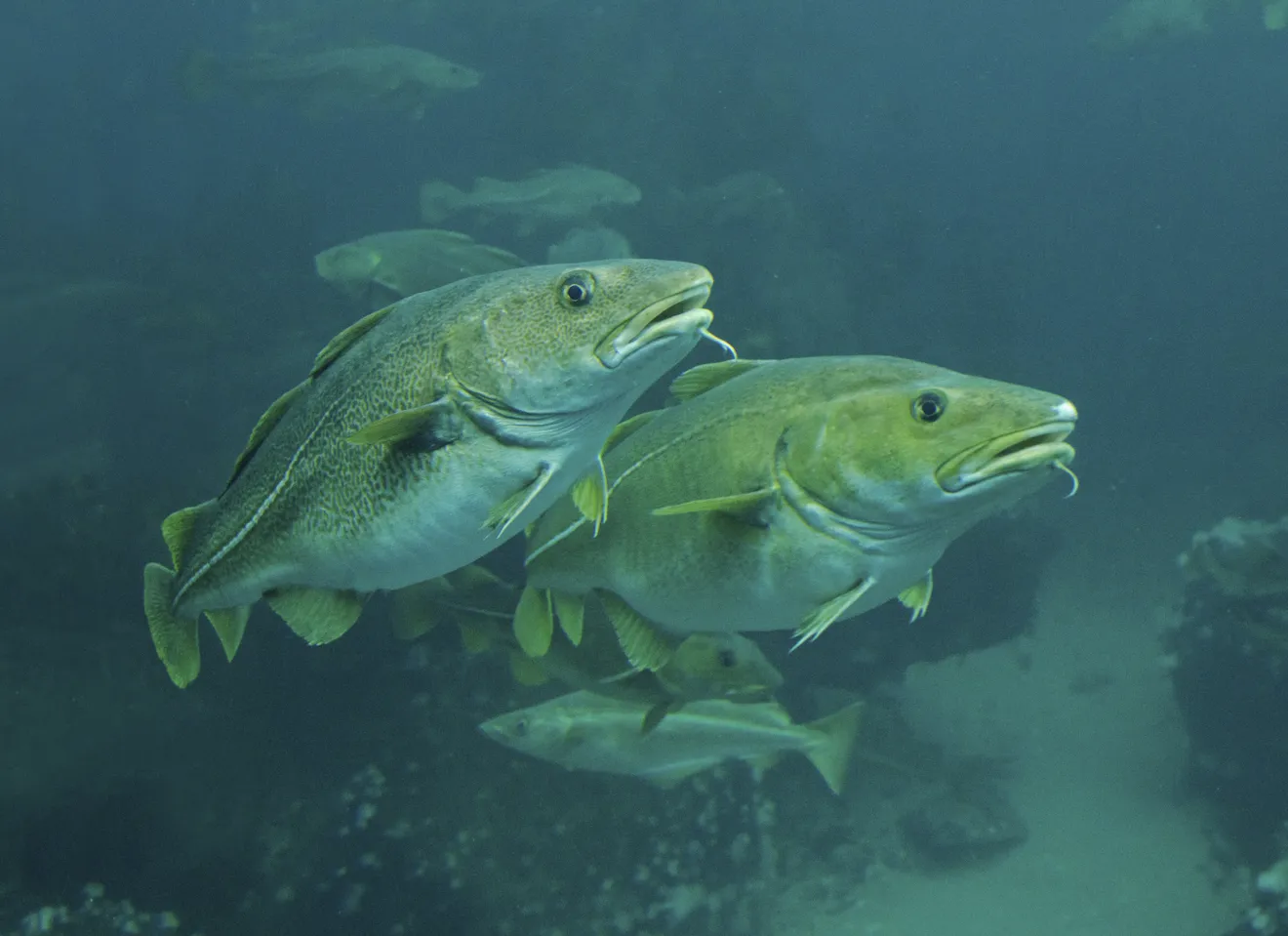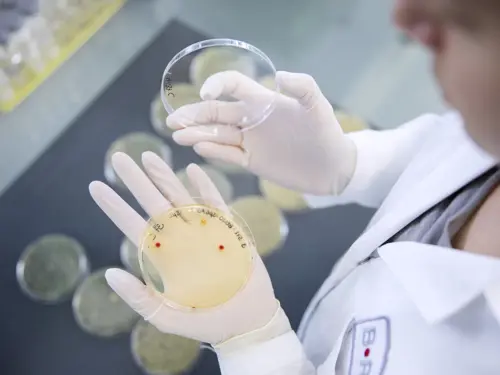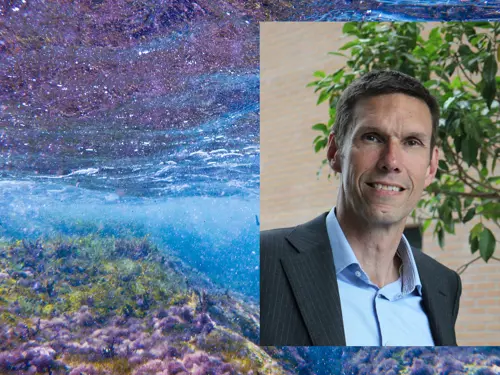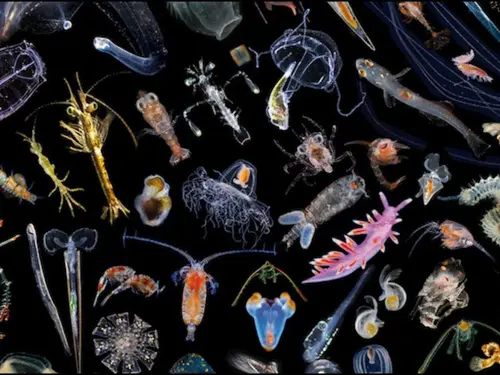
Kursinnsikt
Enzymes from Norwegian cod are used for COVID-19 tests
A small enzyme inside the liver of the Norwegian cod has become invaluable in the fight against coronavirus. An unlikely discovery that has everyone questioning how many other hidden treasures are still yet to be found.
“This is only the beginning”, says Line Kjelstrup of Biotech North in Tromsø, Norway.
Biotech North is a business collective within marine biotechnology. They work together to commercialise high-value products from raw materials, new marine resources and bioprospecting.
One of Biotech North’s success stories is ArcticZymes Technologies. The biotech company’s market value skyrocketed in 2020, to over three billion Norwegian kroner (around 289 million euros). That’s an increase of more than 1000% last year.
The company’s rapid growth has been partly driven by the COVID-19 pandemic. They utilise an enzyme from the liver of the Norwegian cod, called Cod UNG, which helps to reduce false positive test results.
Cod UNG is now used in several different COVID-19 tests. ArcticZymes has also recently struck a deal with the vaccine company ReiT-hera, in Italy. The same enzymes will be used in the development of a new COVID-19 vaccine.
“They’re only using a small part of the fish, but it's resulting value is enormous”, Kjellstrup explains.
Want to know more about the opportunities within Biotech? Join us at the international BIOPRSP_21 conference!
Medicine below the surface
The ocean’s raw materials have an enormous potential within the field of medicine, and a number of companies are realising this already. Calanus uses a species of zooplankton called Calanus finmarchicus, to develop it’s Omega-3 and animal nutrition products. Biotechnology firm Marealis develops medicines from enzymes found in shrimp shells to combat symptoms of hypertension, and Chitinor makes a product called chitosan for a range of pharmaceutical products.
These companies are all members of Biotech North, which aims to help share knowledge and expertise within the fields of bioprospecting.
Researchers are currently mapping the ocean and seabed around the northern coast of Norway. The data is being collected in a marine raw material database which Kjelstrup believes will have huge potential for new enzyme discoveries.
“Our ocean explorations are taking us to greater distances and depths. We hope to discover organisms that contain solutions for antibiotic resistance and to fight different variants of cancer. All organisms found are screened for active substances.”
Within the fields of ocean research and utilising ocean resources, Norway leads the world. Stricter regulations and sustainability targets have steered the industry towards making the most economic use of sourced marine life.
Finding solutions together
Unfortunately, there are still large parts of the fish being discarded that could have the potential for medicinal use.
“The obvious main focus for our industry is food sourcing, but we need to become better at using everything we take from the ocean. We also tend to focus on volume of residual materials used and not the effectiveness. For example, we now use every part of the salmon we catch, but are we properly utilising that quantity material? There is a need to innovate even further than we are currently“, Kjelstrup says.
Biotech North is one of the co-organisers of the BIOPROSP_21 conference in March. Line Kjelstrup is looking forward to presenting the Norwegian research to the rest of the world.
“We are the definitive world leaders within the marine bioprospecting research environment. That’s why we proudly invite you to BIOPROSP_21, to share knowledge, connect with the rest of the world, and discover solutions together.”



